Lal Shahbaz Qalandar: The Celebrated Sufi Saint of South Asia

Introduction Lal Shahbaz Qalandar, known as Syed Usman Marwandi, is one of the most celebrated Sufi saints in South Asia. Born in the 12th century, he was known for his wisdom, piety, and miracles. His teachings of love, unity, and tolerance attract millions of followers. The shrine in Sehwan Sharif honors his life and mission. […]
A Complete Guide to Karachi Safari Park
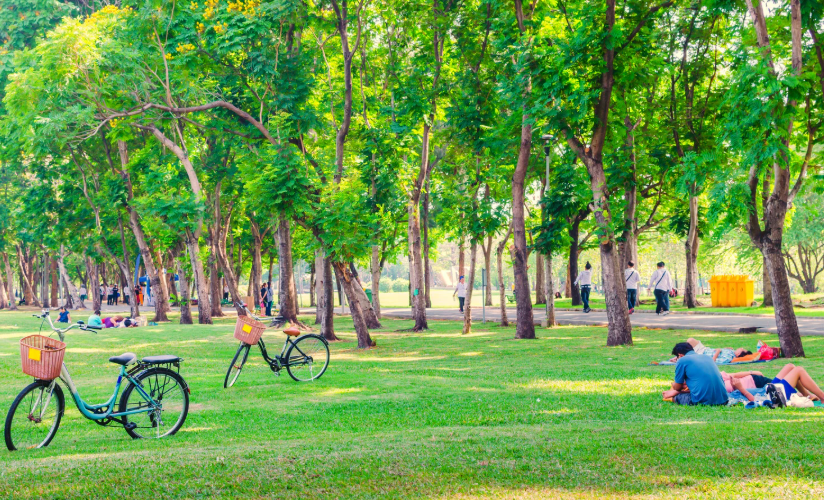
Introduction Karachi Safari Park is a famous recreational spot in Karachi. It offers a unique blend of wildlife and natural beauty. Located in the Gulshan-e-Iqbal area, the park spreads over 148 acres. Families, students, and nature enthusiasts visit this park regularly. It is a peaceful escape from the busy city life. History of Karachi Safari […]
Manora Island: A Historical Gem near Karachi

Introduction Manora Island is a serene getaway near Karachi. Located just a short ferry ride from Keamari, it offers a perfect escape from the city’s hustle. Manora Island is known as Shamspir Island. The island boasts beautiful beaches, historical landmarks, and cultural diversity. Visitors come here to enjoy peaceful surroundings and explore its rich heritage. […]
Haleji Lake: A Hidden Gem in Sindh
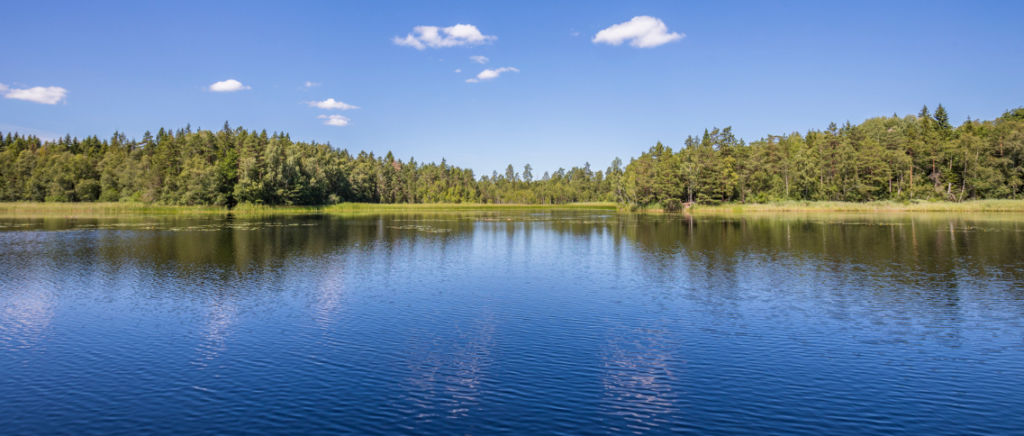
Introduction Haleji Lake, located near Thatta in Sindh, Pakistan, is a stunning freshwater lake known for its breathtaking beauty and ecological significance. This hidden gem attracts nature lovers, bird watchers, and travelers seeking peace and tranquility. In this blog, we will explore Haleji Lake’s rich history, ecological importance, and recreational activities, making it a must-visit […]
Quaid-e-Azam House Museum
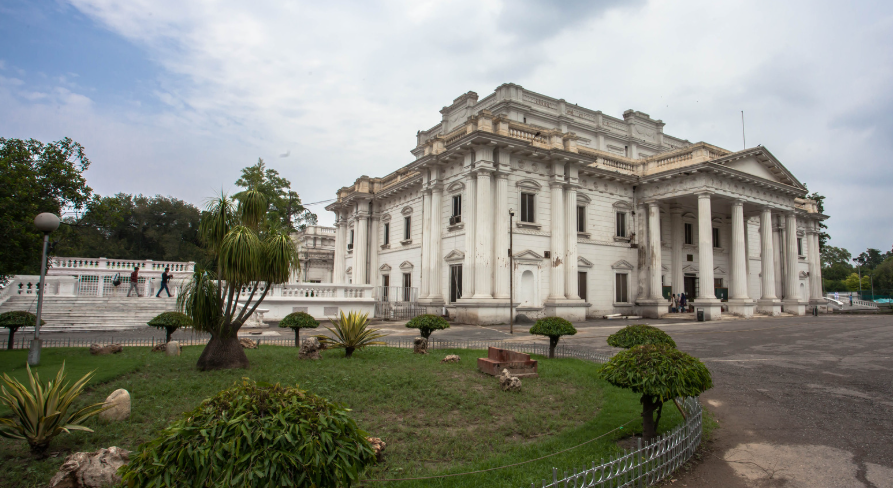
Introduction The Quaid-e-Azam House Museum is a historic landmark in Karachi. It is also known as Flagstaff House. The museum preserves the legacy of Quaid-e-Azam Muhammad Ali Jinnah, the founder of Pakistan. It showcases his personal belongings, historical documents, and a glimpse into his life. Located on Fatima Jinnah Road, the museum attracts history enthusiasts […]
Sindh Museum: Exploring the History and Culture of Sindh
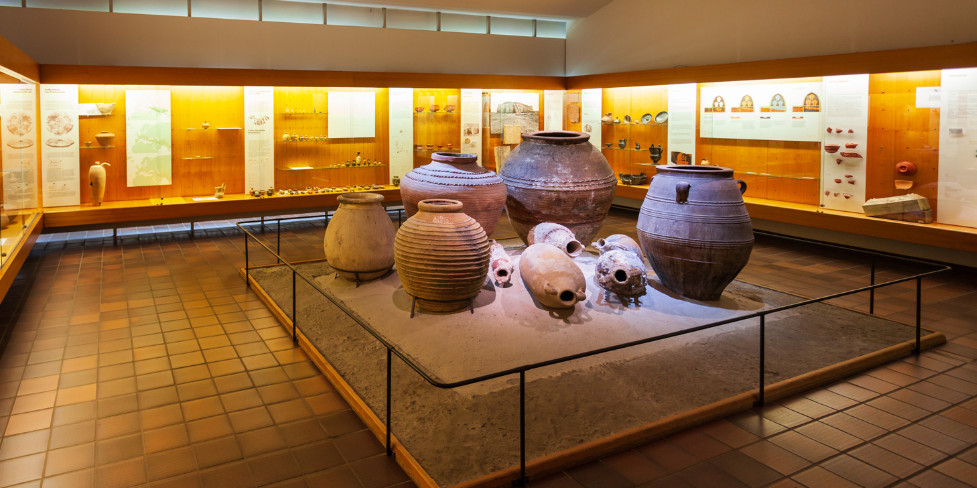
Introduction The Sindh Museum is a treasure trove of Sindhi culture and history. Located in Hyderabad, Pakistan, it preserves the region’s rich traditions and heritage. The museum celebrates Sindh’s vibrant past through artifacts, exhibits, and cultural displays. Visitors can explore the lifestyle of ancient civilizations, especially the Indus Valley Civilization. The Sindh Museum offers a […]
Lahore Science Museum: Science and Technology Wonders

Introduction Lahore, a city renowned for its rich cultural heritage and historical significance, is also home to an array of educational attractions. Among these, the Lahore Science Museum stands out as a beacon of knowledge and discovery. This museum is an essential visit for anyone with a curiosity about the wonders of science and technology. […]
Experience the Magic of Bahria Town Zoo Lahore
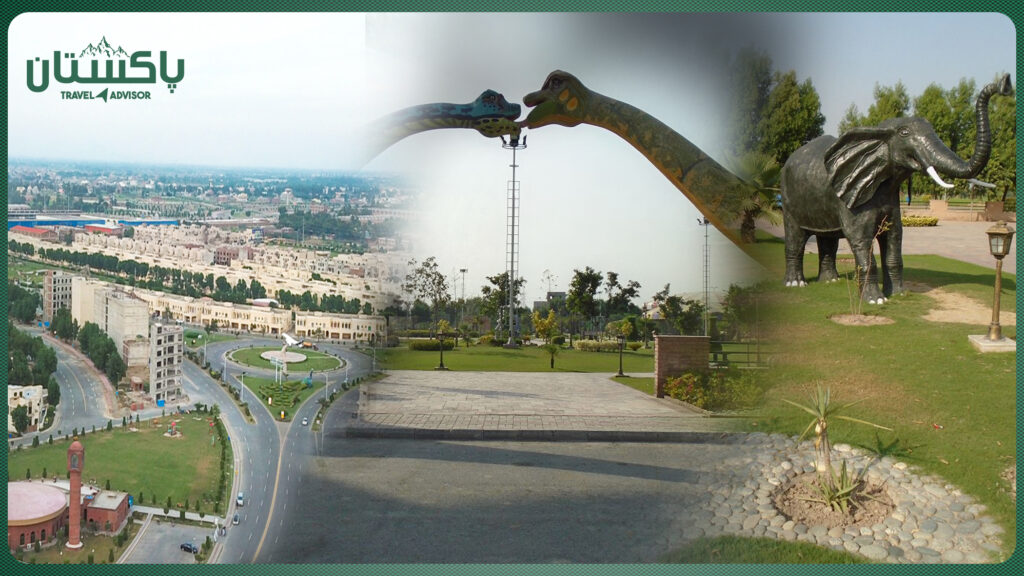
Introduction Bahria Town Zoo Lahore, nestled in the heart of Bahria Town, is a prime destination for families and animal enthusiasts alike. This well-maintained zoo offers a perfect blend of education, conservation, and entertainment, ensuring a delightful experience for visitors of all ages. With its diverse collection of animals, beautifully landscaped grounds, and a commitment […]
Faisal Mosque is a Beautiful Mosque in Pakistan
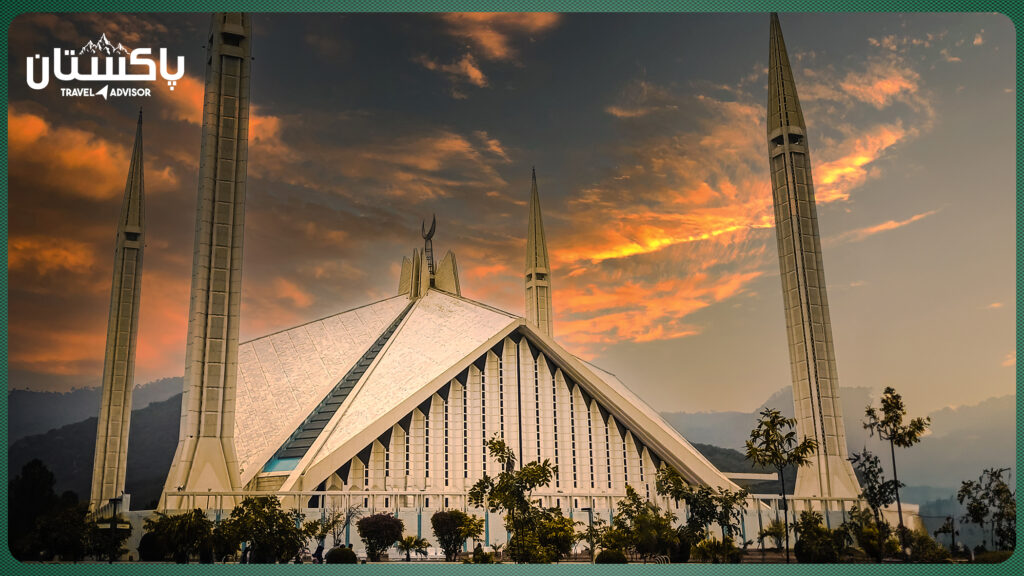
Introduction Faisal Mosque, located in Islamabad, Pakistan, is not only the largest mosque in the country but also a symbol of architectural brilliance. Named after King Faisal of Saudi Arabia, who funded its construction, this mosque holds a significant place in the hearts of Muslims worldwide. Its modern design, unique location, and rich history make […]
Bagh-e-Jinnah Lahore
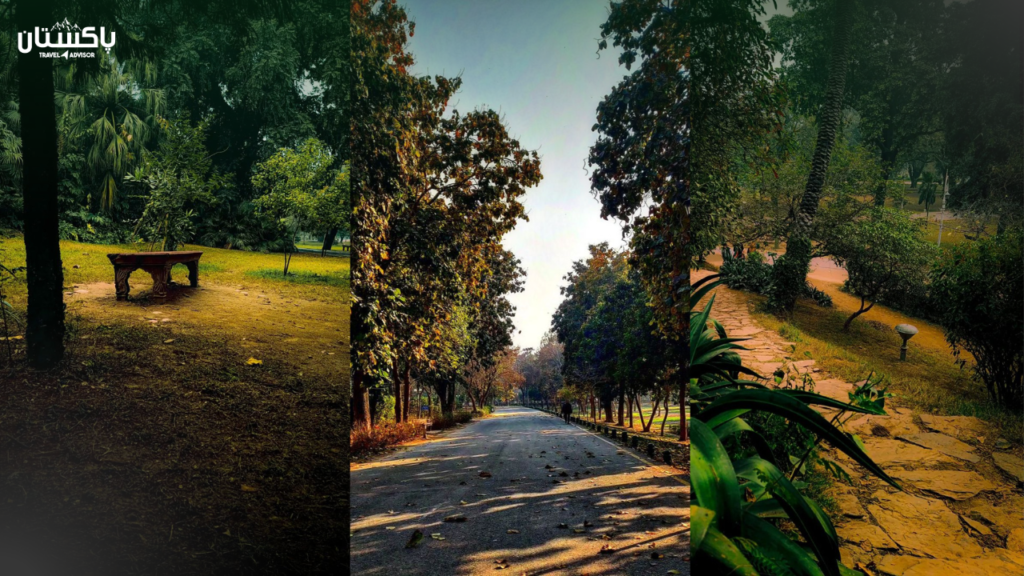
Introduction Lahore, a city rich in history and culture, offers many stunning attractions for visitors and locals alike. One such gem is Bagh-e-Jinnah, a historic park that promises a tranquil escape amidst nature. Situated near the bustling Mall Road, This is a perfect blend of beauty, heritage, and serenity, making it a must-visit destination in […]